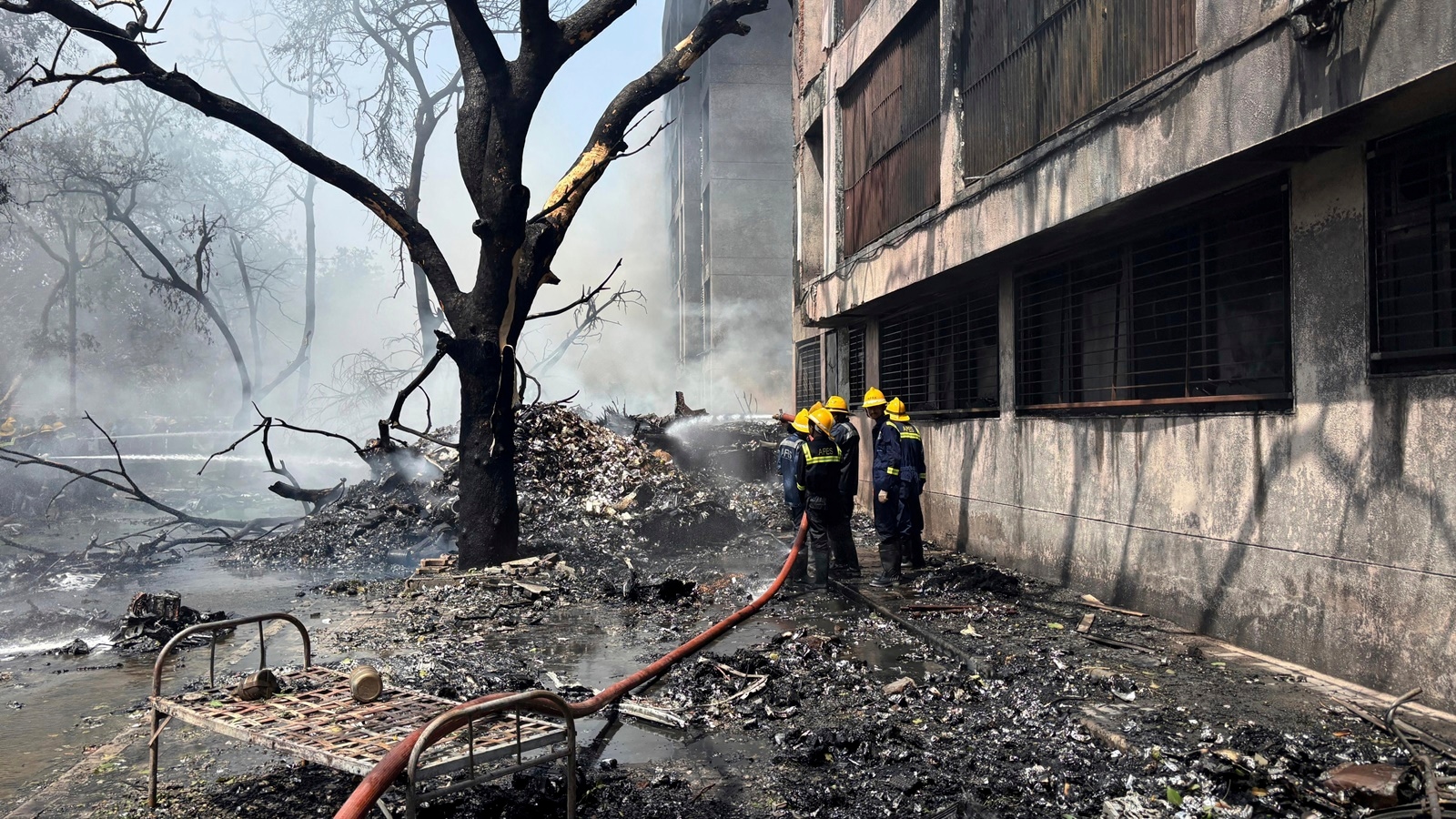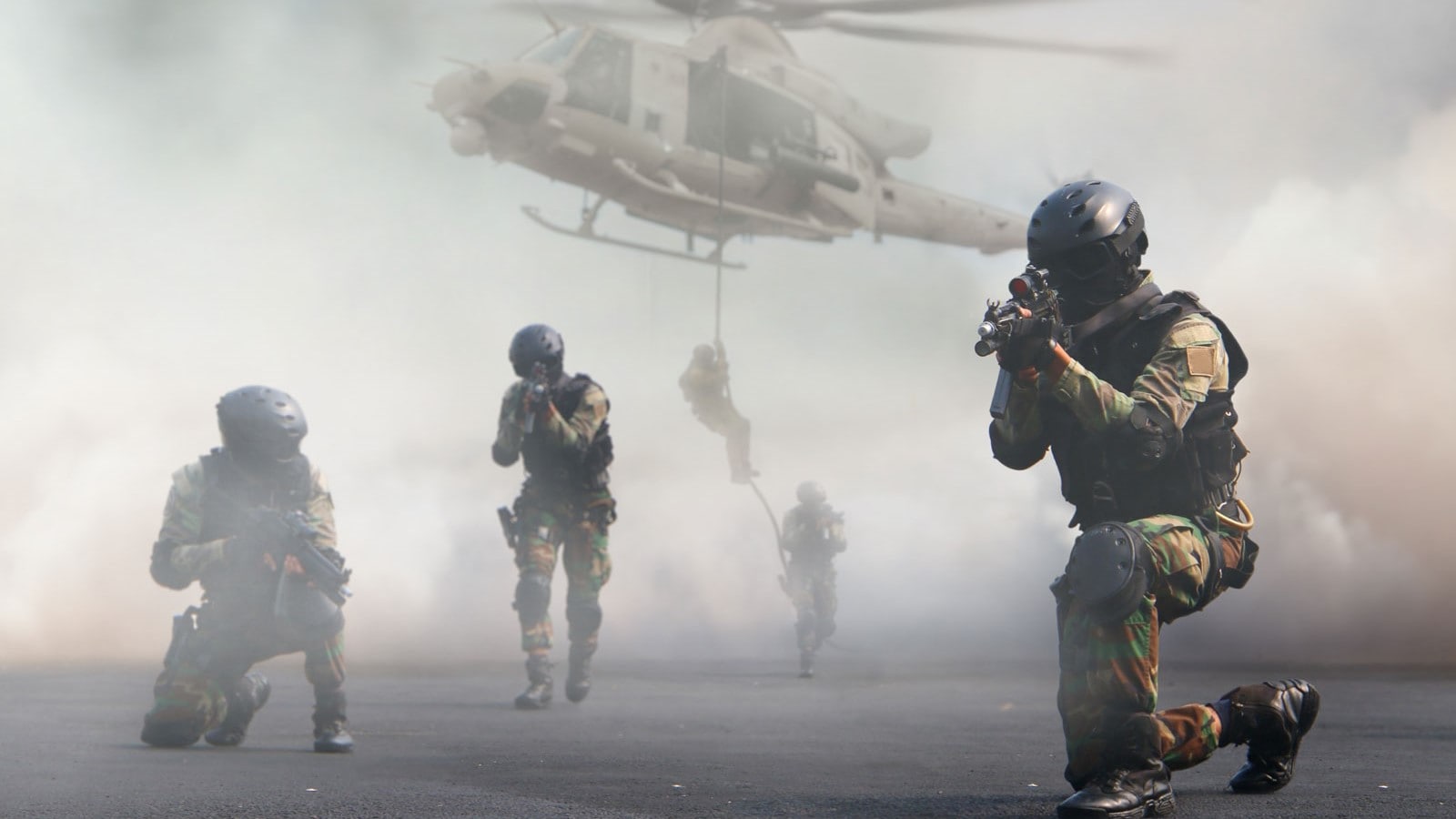ARTICLE AD BOX
Between May 7 and 10 last month, as Colonel Sophiya Qureshi and Wing Commander Vyomika Singh took centrestage to brief the nation on Operation Sindoor, another quiet change happened away from the spotlight, at the country’s highest office. On May 9, Lieutenant Commander Yashaswi Solankee (27) became the first woman officer to be appointed as an Aide-de-Camp (ADC) to the President of India.
While the President, typically, has five ADCs — three from the Army, and one each from the Navy and Air Force — none of them have been a woman officer so far.
“The thought started with President Droupadi Murmu herself, as the Supreme Commander of the Armed Forces,” Major General V Parida, Military Secretary to the President, told The Indian Express. “She speaks about women’s empowerment, gender parity and inclusivity so much. So, this is her thought, which has been implemented,” he said.
With the Naval ADC completing his tenure at the time, a panel of three Naval officers — all women — was called for selection. The three officers stayed at the Presidential Estate for 15 days, during which they were assessed, including an interview with the President herself. Besides physical criteria, their basic intelligence and adaptability were also put to test.
Solankee, originally from Bharuch in Gujarat, was selected in April, after which she underwent a month-long orientation before receiving her coveted aiguillette from Murmu on May 9.
Sources said the criteria for selection of a woman ADC remained the same, including the height and physical fitness requirement — at 173 cms, Solankee, earlier a district-level badminton and volleyball player, made the cut. The only concession was that they allowed women officers without permanent commission, too.
The President’s ADC serves as the bridge to the First Citizen — liaisoning her appointments and call-ons, being present with her at all presidential ceremonies and events, facilitating communication with various branches of the government and military. Assigned a duty room next to the President’s room, the ADC is just a call away at all times. Sometimes, they are on duty for 24 hours, on rotation.
Story continues below this ad
Solankee has been appointed for a tenure of two-and-a-half to three years. While the first month was all about getting maximum exposure and building a rapport with the President, she said she now feels more informed. But, as ADCs, they can never feel over-confident.
“We prepare for all the engagements and take up-to-date information about who is coming to meet the President, because we have to brief her before every engagement, and she can ask anything,” she said. “I had never dreamt of getting selected as the ADC to the President. This was never on my bucket list, because I didn’t know this may be possible,” she said.
Solankee was earlier posted with the Naval Armament (Defence Production), in Hyderabad. “I am a technical officer and initially, my knowledge was quite siloed, because that was my portfolio. I did have general knowledge, but that was quite general. But now, I need to be updated at all times. Like, every hour, every minute. You have to be updated every second because, at any time, anyone can ask me any question and I have to be prepared,” she said.
“Each and every word that you say here, everything that you do here, it makes a lot of difference, because whatever we say or inform the President is something she goes by,” said Solankee, who is the first in her family to join the defence forces. She is the only one among her siblings to join the defence forces. Both her elder sister and younger brother opted for business management.
Story continues below this ad
Asked what inspired her to join the forces, she said: “It’s the aura that officers carry. When I was in Class VIII, we had a Republic Day parade in school where an IAF pilot was the chief guest. He carried a different energy.” Solankee said she was now looking forward to showing her family around Rashtrapati Bhavan on her day off.
Meanwhile, sources said there may soon be another woman ADC — perhaps from the Army this time — to bring about “proportional representation”. “A few decades later, this barrier would have become a thing of the past,” said Parida.



.png)
.png)
.png)


























 English (US) ·
English (US) ·